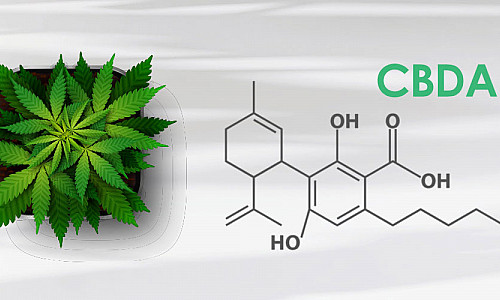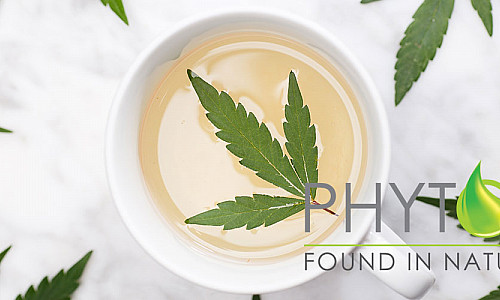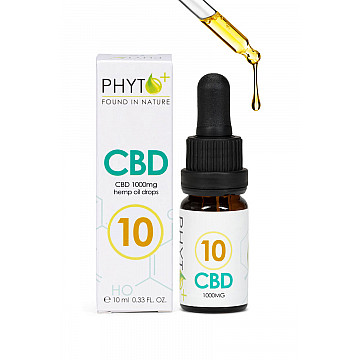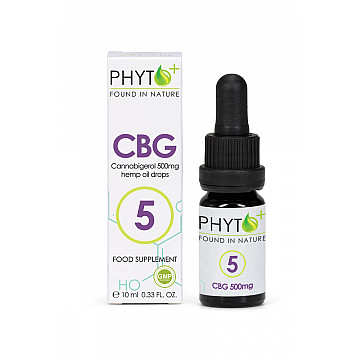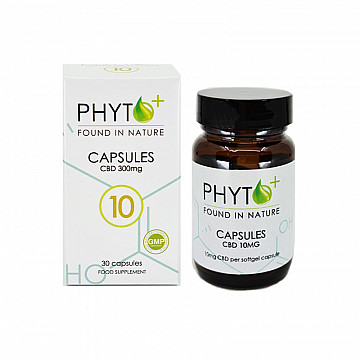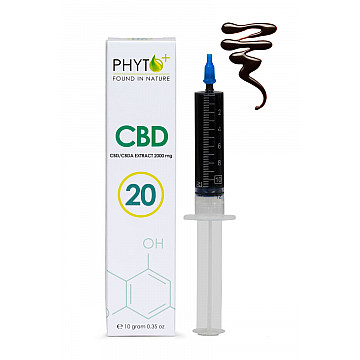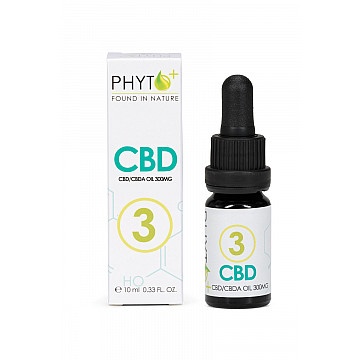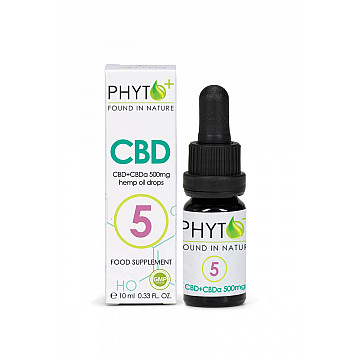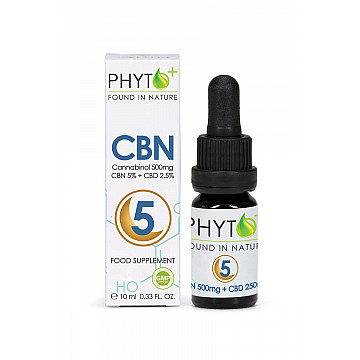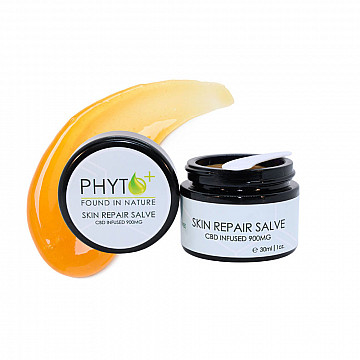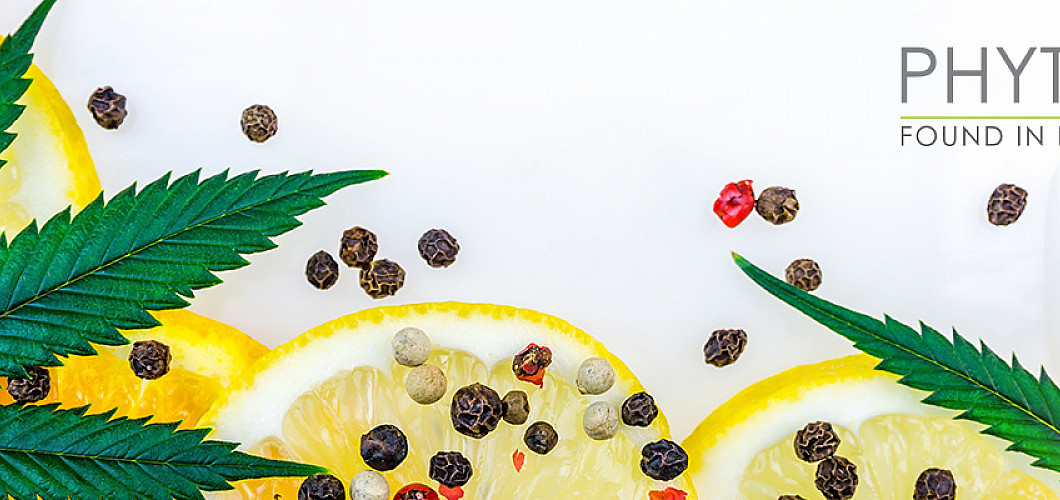
In addition to more than 100 different cannabinoids, other essential substances are also naturally present in the beneficial hemp plant. Substances that contribute to the positive therapeutic effect include terpenes, chlorophyll, and flavonoids. These substances work together or amplify cannabinoids such as CBD, CBDa, CBG, CBGa, CBN, CBC, and other cannabinoids.
What are terpenes?
Terpenes are fragrances and flavors. There are more than 50,000 different species in nature. Think of the smell of freshly cut grass or the scent released when you peel an orange.
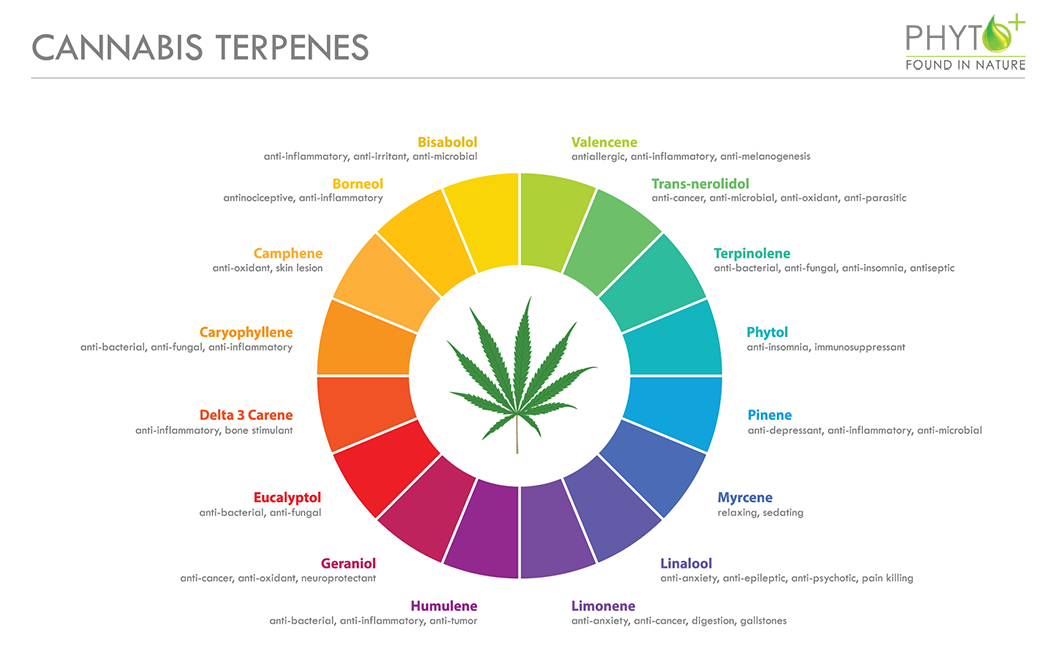
Each plant species has its distinctive smell and taste, including hemp. The hemp plant contains 140 to 200 different terpenes. The trichomes produce terpenes on the hemp plant. Trichomes are tiny resin droplets on the tops of a hemp plant. To the naked eye, they look like white crystals or powder snow—the more trichomes, the more terpenes, and of course cannabinoids. The quality of terpenes is determined by factors such as sun, water, and soil quality. And each cannabis strain has its own “terpene profile.” A terpene profile is the amount and number of different types of terpenes. Terpenes naturally deter pest insects; they attract beneficial insects and protect the hemp plant against environmental stressors, for example, against too much heat from the sun.
Terpenes are the volatile aromatic compounds you smell and taste in a CBD oil or extract. They have a positive influence on cannabinoids. Terpenes work together or enhance the effect of cannabinoids.
Are terpenes also beneficial for humans?
Yes, of course! Terpenes themselves have beneficial properties. But they also have a significant influence on cannabinoids. This is known as the “Entourage effect”. Terpenes play a major role in enhancing the effects of CBD, CBN, CBG, and other cannabinoids. Heating is used in some extraction processes or when decarboxylating hemp extract. Terpenes can be lost in this process, which is unfortunate because these natural fragrances and flavors each benefit. Terpenes have a specific influence on our receptors and neurotransmitters. These are small signaling devices located throughout our body called the “endocannabinoid system".
Which terpenes can be found in the hemp plant?
These are the most common terpenes present in the hemp plant.
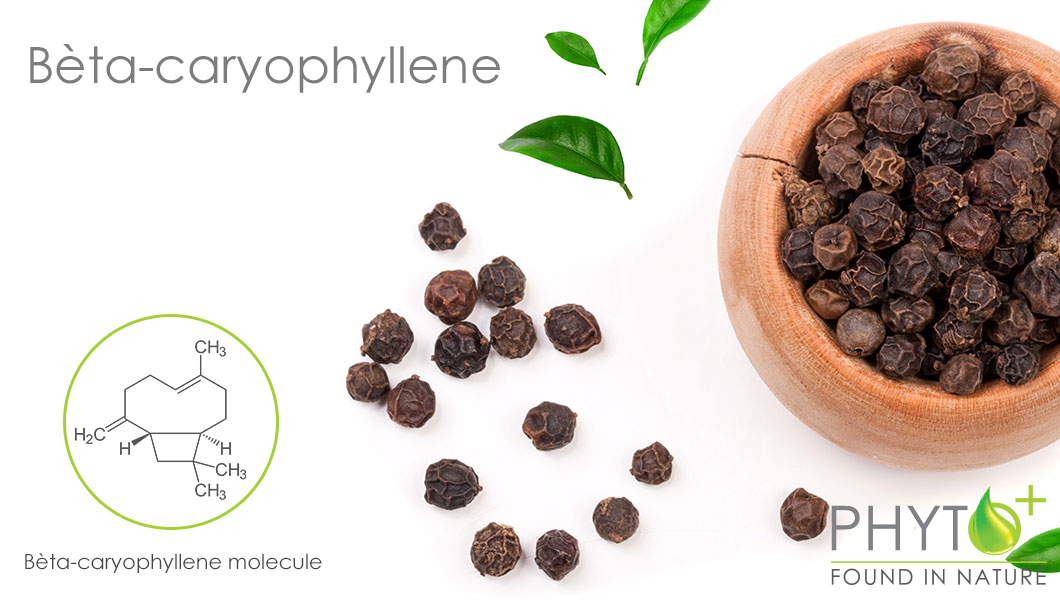
Bèta-caryophyllene
The spicy smell, which makes your nose tickle when you grind pepper, is due to the terpene caryophyllene. Bèta-caryophyllene is the most common terpene in cannabis extracts. That is why a CBD oil, made from a full spectrum extract, often tastes a bit sharp and spicy. Bèta-caryophyllene is a substance that adapts and transforms into a perfectly fitting key on specific receptors in the body to affect the endocannabinoid system. Research (in mice) has shown that bèta-caryophyllene could be a good remedy for anxiety and depression. For example, this terpene can help bring the mind back into balance and play a role in regulating our emotions. It could also reduce the feelings of anxiety caused by a (too) high level of THC in the body. That is why it is often recommended to drop some CBD oil if you experience unpleasant side effects from the psychoactive substance THC. Furthermore, it is said to have an analgesic effect, and beta-caryophyllene acts as an anti-inflammatory.
Bèta-caryophyllene is a spicy fragrance with a sharp taste. This terpene positively affects the endocannabinoid system and can help regulate our emotions. Bèta-caryophyllene could reduce anxiety.
Assumed properties:
- Anti-fungal
- Antibacterial
- Anti-inflammatory
- Analgesic
- Soothing
- Antispasmodic
- Nerve protective
- Reduces anxiety
- Antidepressant
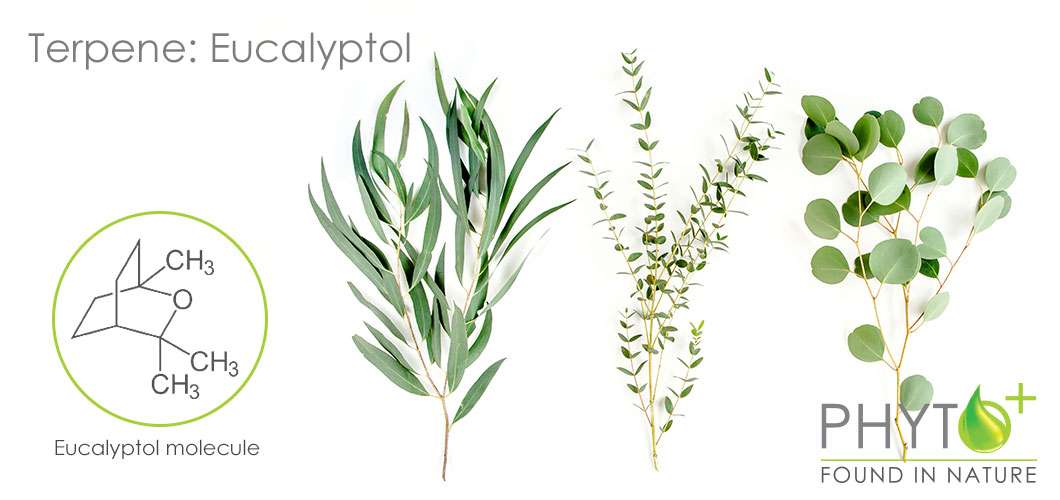
Eucalyptol
Eucalyptol has a fresh, minty aroma reminiscent of a pine forest. It has expectorant properties and is a cough suppressant. It is also used against tooth decay.
Assumed properties:
- Expectorant
- Suppresses cough
- Analgesic
- Fever Reducing
- Anti-inflammatory
- Disinfectant
- Antibacterial
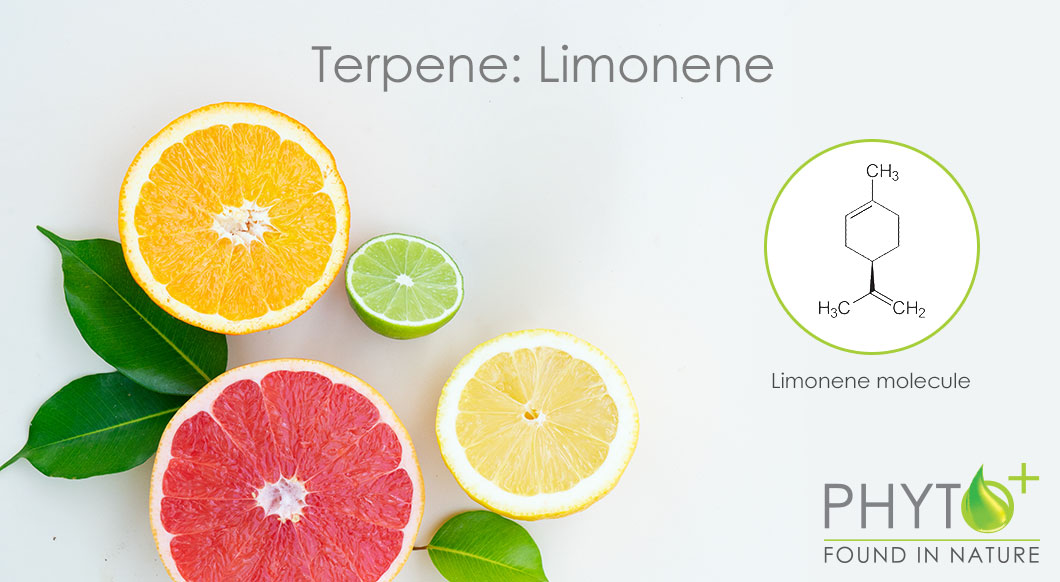
Limonene
Limonene gives citrus fruits their fresh, invigorating scent. It strengthens the immune system and has a calming effect. It would suppress fear and anxiety. The aroma increases the overall feeling of well-being.
Assumed properties:
- Anti-reflux
- Antispasmodic
- Expectorant
- Calming
- Suppresses fear and anxiety
- Sleep inducing
- Helps detoxify the liver and keep the gallbladder in optimal condition
- Stimulates digestion
- Cholesterol-lowering
- Blood pressure-lowering
- Strengthens the immune system
- Cell rejuvenating (stimulates healthy cell growth and delays wrinkle formation)
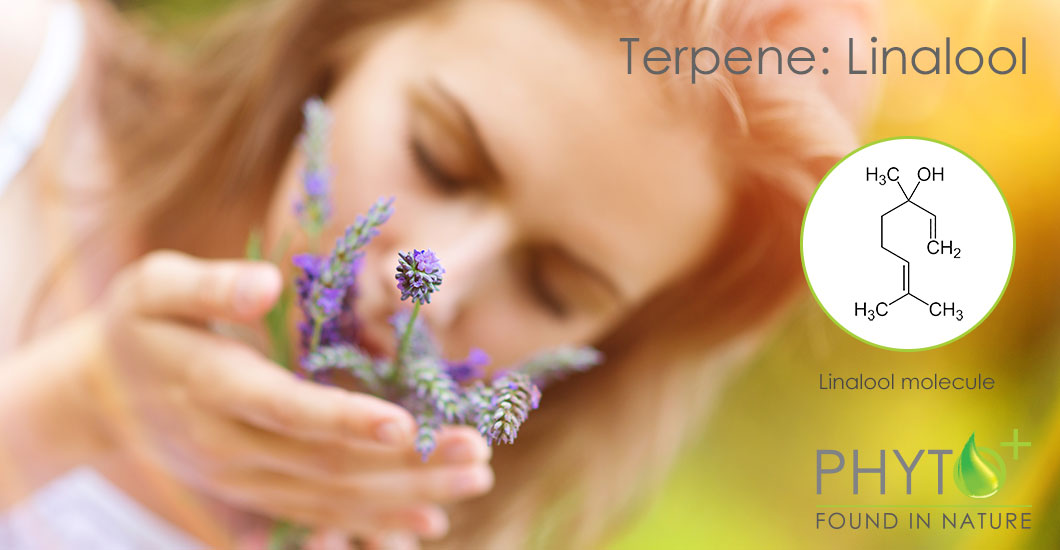
Linalool
Linalool gives lavender its unique scent. This terpene has been used for centuries for its calming and sleep-inducing effect. It promotes a good night's sleep. Research shows that linalool can reduce seizures.
Assumed properties:
- Calming
- Anxiolytic
- Anti-psychotic
- Narcotic
- Expectorant
- Analgesic
- Anticonvulsant
- Reduces spasms
- Antibacterial
- Antifungal
- Suppresses allergic reactions
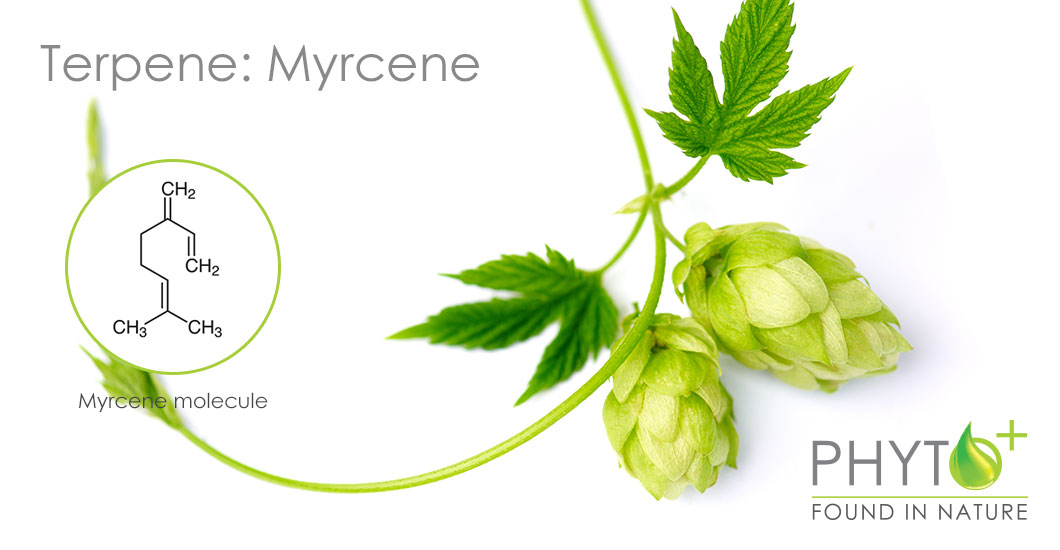
Myrcene
Myrcene gives beer its unique aroma through the ingredient hops, rich in myrcene and related to the cannabis plant. Myrcene enhances the effect of cannabinoids such as CBD, CBG, and CBN. It is an antioxidant that protects against free radicals. It also has a calming and anti-inflammatory effect and powerful pain reliever.
Assumed properties:
- Narcotic
- Analgesic
- Sleep inducing
- Muscle relaxing
- Antibacterial
- Antioxidant
- Antiseptic
- Reduces Seizures
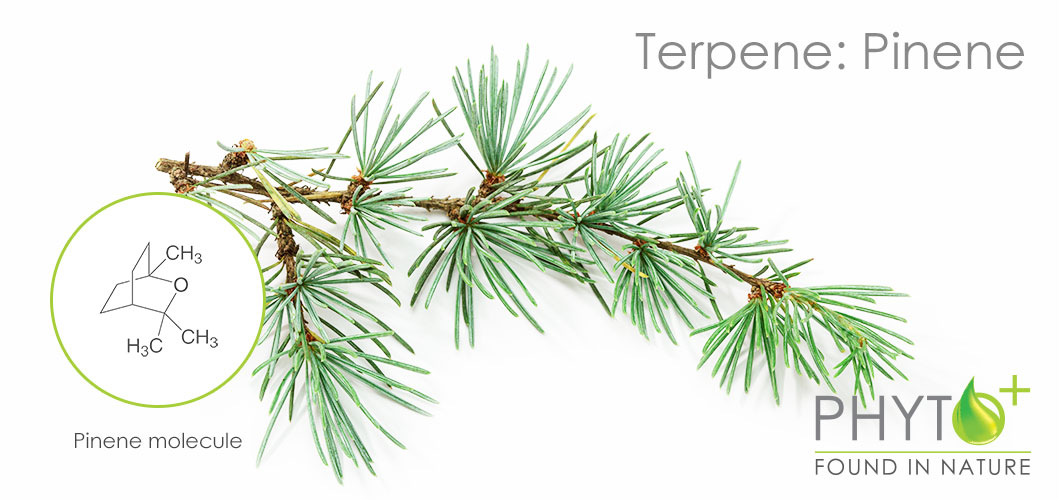
Pinene
Pinene gives the aromatic scent to pine. It has a dilating effect on our airways, allowing you to breathe deeper and easier. It stimulates the blood supply and drainage to and from your brain.
Assumed properties:
- Clears the airways
- Relaxing
- Anti-inflammatory
- Antibacterial
- Strengthens memory
- Stimulates concentration
- Gastro-protective
- Antiviral
Other terpenes:
Alpha Bisabolol
It is mainly found in chamomile and is widely used in the cosmetic industry. It is said to have an analgesic, antioxidant and anti-inflammatory effect.
Humulene
Mainly found in the Cannabis Sativa plant species, coriander, and hops. Humulene has an antibacterial, anti-inflammatory, and appetite-stimulating effect.
Terpinolene
Terpinolene is mainly found in rosemary, cypress, and sage. Research has shown that terpinolene can reduce anxiety and promote sleep.
Terpineol
Pinene-rich cannabis plants also often contain terpineol. Terpineol is believed to have sedative, antibacterial, anti-oxidative and anti-inflammatory properties, among other things.
Now you know what terpenes are and what their beneficial properties can do for you. But the hemp plant naturally contains even more substances rich in positive properties for our body and mind.
Chlorophyll and Flavonoids
Where terpenes mainly influence the scent and taste, chlorophyll and flavonoids precisely determine the color. But they also have their beneficial effect.
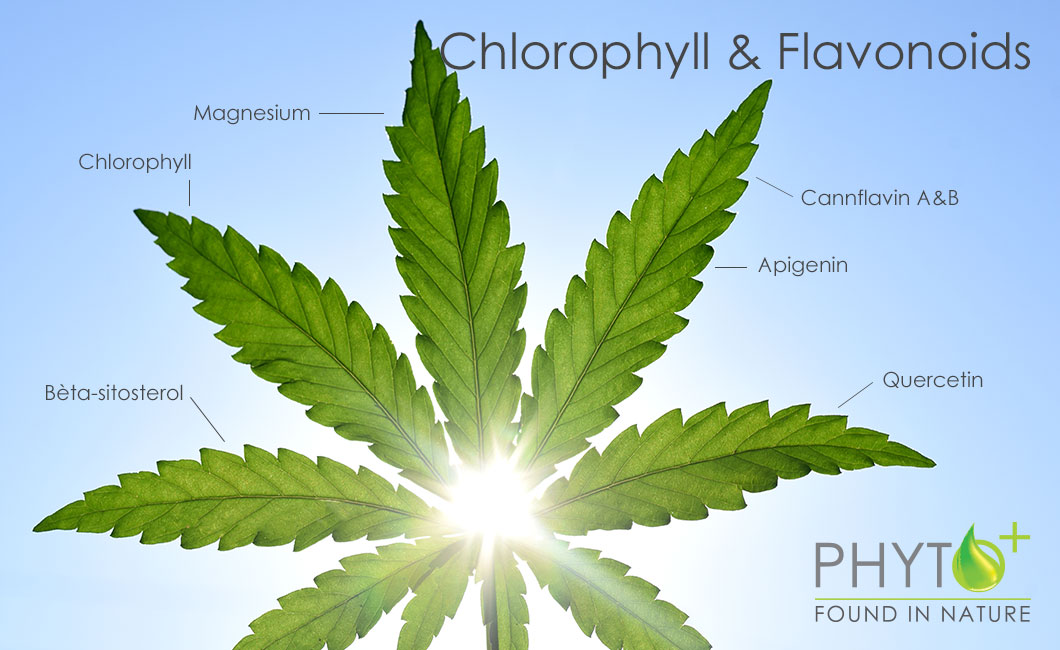
Chlorophyll
It is believed that chlorophyll also plays a role in the effect of CBD hemp oil on the body. In any case, the following properties have been attributed to chlorophyll:
It soothes the feeling of hunger: this makes chlorophyll well suited as a slimming aid.
It cleans the intestines and liver: Chlorophyll creates a protective layer around harmful substances in the intestines. To ensure that harmful free radicals and toxic substances that you eat are encapsulated so that the detrimental effect in the intestines and liver is inhibited.
A disadvantage of (too much) chlorophyll in a CBD oil or CBD extract is that it gives a strong, bitter taste. The oil or extract also becomes dense, cloudy, and dark in color.
Flavonoids
Flavonoids are a group of natural pigments that color most fruits and vegetables. About six thousand flavonoids are known in nature, twenty of which are in the hemp plant. They are said to have an anti-oxidative effect, so they are sometimes referred to as 'vitamin P.' Cannabis is believed to contain the following flavonoids, each of which has a presumed therapeutic effect:
- Cannflavin A&B: These flavonoids are unique to cannabis so far. Cannflavin A is believed to inhibit cyclooxygenase (COX), an enzyme involved in inflammatory processes.
- Beta-sitosterol: anti-inflammatory
- Apigenin: Anxiety Reducing, Anti-inflammatory
- Quercetin: antioxidant, antiviral
Summary:
Now that we know all this, it is clear that the hemp plant is an extraordinary gift from nature. In addition to cannabinoids, a hemp plant contains many more beneficial substances. These are terpenes, chlorophyll, and flavonoids. Terpenes are fragrances and flavors with beneficial effects. Chlorophyll and flavonoids give an intense color to plants, flowers, vegetables, and fruits. Almost all terpenes have an anti-inflammatory effect; many have a calming and anxiety-reducing effect. They also work as antioxidants to neutralize free radicals in our bodies to prevent possible diseases and disorders.
Do you want to start with CBD but need some more information? Send a message to our CBD support team. The team will be happy to assist you.
Sources:
Limonene : https://pubmed.ncbi.nlm.nih.gov/30905156/
Linalool: https://pubmed.ncbi.nlm.nih.gov/?term=Linalool
Myrcene : https://pubmed.ncbi.nlm.nih.gov/33007969/


